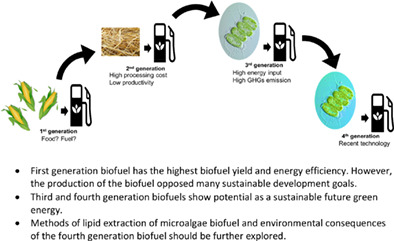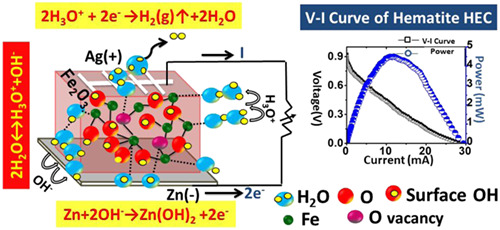International Journal of Energy Research is dedicated to providing a multidisciplinary, unique platform for researchers, scientists, engineers, technology developers, planners, and policy makers to present research results and findings in a compelling manner on novel energy systems and applications.
Journal Metrics
- 12.1CiteScore
- 4.2Journal Impact Factor
- 30%Acceptance rate
- 32 days Submission to first decision
Articles
Performance Enhancement of Hybrid Energy Storage System for Electric Vehicle Using Intelligent‐Based Controller
- 21 July 2025
Techno‐Economic Design of a Hybrid Photovoltaic–Wind System for a Residential Microgrid Considering Uncertainties Using Dynamic Parameters Bald Eagle Algorithm
- 21 July 2025
Assessing the Performance of Point and Two‐Point Kinetics Models in Simulating the Control Rod Drop Accident in VVER‐1000 Reactors
- 21 July 2025
Impact of Phosphide–Phosphate Ratio on NiCoP Catalysts for Hydrogen Evolution in Anion Exchange Membrane Water Electrolysis
- 21 July 2025
Full‐Range Drift–Flux Correlation for Upward Cocurrent Two‐Phase Flows in Vertical Pipes
- 19 July 2025
The following is a list of the most cited articles based on citations published in the last three years, according to CrossRef.
Hydrogen from solar energy, a clean energy carrier from a sustainable source of energy
- 4110-4131
- 29 November 2019
Solar energy—A look into power generation, challenges, and a solar‐powered future
- 1049-1067
- 5 November 2018
A review on clean energy solutions for better sustainability
- 585-606
- 5 March 2015
Sustainability of the four generations of biofuels – A review
- 9266-9282
- 15 June 2020
Graphical Abstract

• First generation biofuel has the highest biofuel yield and energy efficiency. However, the production of the biofuel opposed many sustainable development goals.
• Third and fourth generation biofuels show potential as a sustainable future green energy.
• Methods of lipid extraction of microalgae biofuel and environmental consequences of the fourth generation biofuel should be further explored.
Significance of interface barrier at electrode of hematite hydroelectric cell for generating ecopower by water splitting
- 4743-4755
- 6 June 2019
Graphical Abstract

Spontaneous water molecule dissociation in mesoporous and oxygen-deficient hematite nanoparticles is used for generating electrical power in the form of hematite hydroelectric cell (HEC). Sprinkling microliters of water on a 4.84 cm2 area HEC delivered 30 mA current with an emf 0.92 V and maximum off-load output power 27.6 mW. Electrochemistry and charge transport kinetics of HEC in irreversible polarization loss regions is investigated by empirical modeling of V-I polarization characteristics.Easy ion diffusion and faster reaction kinetics occur in HEC due to H3O+ ion diffusion via proton hopping and OH− ion migration through interconnected crystalllite boundaries.
Lorem ipsum dolor sit amet, consectetur adipiscing elit. Proin imperdiet nibh sed ipsum molestie eu mattis justo malesuada. Curabitur id quam augue, ac eleifend justo. Integer eget metus sagittis velit semper auctor vel et nunc. Phasellus tempus felis at arcu fringilla at ndimentum libero placerat. Aenean ut imperdiet dolor. Nulla pretium mi vestibulum dui dictum sed ullamcorper tellus sodales. Duis non nibh id ipsum feugiat imperdiet id fermentum nunc. Maecenas id ultricies felis. Suspendisse lacinia rhoncus vestibulum. Vestibulum molestie vulputate convallis.Fusce et augue erat, nec mollis mi.




